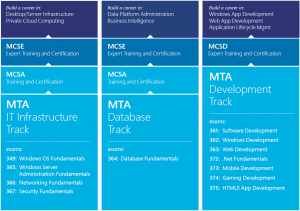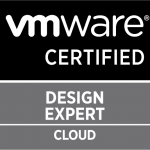 Reading Time: 2 minutes
Reading Time: 2 minutesThere are several rumors about a virtual edition of EqualLogic, targeted especially for the SMB segment and/or the ROBO scenarios. Several storage vendors are proposing a virtual appliance version of some of their solutions (like HP with the virtual “LeftHand”) and actually Dell has nothing in this specific area.
The virtual EqualLogic could be the most reasonable product, just because the Compellent series is target for the high end area and usually has a mapping tighten with the hardware (let’s consider how PCI-e slots must be populated). The PowerVault series is just a re-branded of the LSI hardware so there is no reason to push for the virtual version of it.
A virtual version of EqualLogic, maybe with some space limit could be interesting solution and a good opportunity. But there are some problems related to it.
The main problem is related to the hardware platform: EqualLogic is not based, like several storage, on a Intel compatible platform. It used a MIPS processor (seems produced by Broadcom) and NetBSD OS (of course customized and optimized). Both could be a problem of a virtual edition: of course the processor is the main issued (you cannot virtualize a MIPS on a Intel platform, and this require a porting to the Intel platform). But also the OS could be a minor issue: not all the hypervisors support it.
continue reading…














